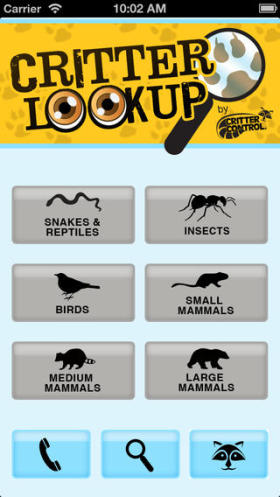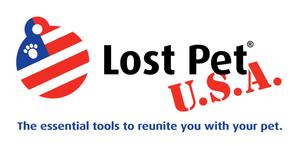Crate Training
Most dogs can be crate-trained with relative ease. Dogs are den animals, and a crate is a modern-day den - a dog's personal bedroom that he can retire to when he wants to escape to a safe haven. They calm them and can help prevent destructive chewing, barking and housetraining mistakes.
Puppies should not be crated for more hours than they are months old, plus one. For example, a 4 month old should not be crated longer than 5 hours. How long an adult dog can be crated will depend on many factors. For example, if your dog was left outside, it has never been required to hold it for any period of time. It will take time for this dog to learn to hold it and you will need to start slowly. Older dogs and dogs with some medical conditions may only be able to successfully hold it for short periods of time.
The crate should be just large enough for your dog to stand up, turn around, and lie down comfortably. If you get one large enough for your puppy to grow into, block off the back so he has enough room, and increase the space as he grows.
Rigorous exercise should be given before and after any long periods in the crate, and good chew toys should be in the crate at all times. You may want to crate your new dog for the first few nights in your bedroom - most of them feel more secure in their crate and it protects your house from accidents.
Crates should never be used as a means of punishment for your dog. If used for punishing, the dog will learn to avoid going in the crate. Crates are not to be used for keeping puppies under 6 months out of mischief all day either. Crates should be thought of as dog play rooms - just like child play rooms, with games and toys. It should be a place dogs like to be and feel safe and secure when they are there.
Introducing the crate
Place the crate (with a blanket inside) in a central part of your home. Introduce your dog to the crate after a good walk, when he’s tired and sleepy. Keep all chew toys in the crate so that he can go in and out as he pleases, selecting toys to play with. Feed your dog in the crate with the door open. If the dog hesitates going in, place the bowl inside the door so their head is in and their body is outside. If your dog still refuses to go near the crate, put the smelliest, tastiest wet food (or a steak!) in the crate and shut the door. Let the dog hang outside the crate for a while, smelling the food inside. Soon he should beg you to let him in!
Now that the dog is familiar and willing to go near the crate, throw some of his favorite treats in the crate. Let him go in and get them and come right out again. Do this exercise three or four times. Then, throw more treats in and let him go in and get them. When he is in, shut the door and give him another treat through the door. Then let him out and ignore him for 3 minutes. Then, put some more treats in the crate, let him go in, shut the door and feed him 5 bits of treats through the door, and then let him out and ignore him for 5 minutes.
Next time, place treats, peanut butter, freeze-dried liver or frozen food and honey in a Kong , so it is time-consuming to get the food out of the ball, and put the Kong in the crate. After your dog has gone in, shut the door and talk to him in a calm voice. If at any time your dog whines or fusses about being in the crate, don’t let him out until he stops crying! This is the biggest mistake owners make when crate training! If you let him out when he is fussing, you will teach him that fussing gets him free. The dog must be quiet for a few minutes before you let him out.
Gradually increase the time in the crate until the dog can spend 3-4 hours there. We recommend leaving a radio (soothing music or talk radio) or TV (mellow stations: educational, art, food) on while the dog is in the crate and alone in the house. Rotate the dog’s toys from day to day so he doesn’t become bored of them. Don’t put papers in the crate - the dog will instinctively not go to the bathroom where he sleeps/lives. Instead, put a blanket in his crate to endorse the fact that this is his cozy home.
To help your dog get accustomed to the crate, place his favorite bed inside it and place it in your bedroom. Be wary of dog crates during hot weather - a dog may want to lie on the cool floor, instead of the crate. Make sure the crate is not in direct sun.
Sometimes dogs and often puppies can do the whole crate training program in one day. Some will take several days, and a few will take weeks or more. Once your dog is crate trained, you have a valuable behavior management tool for life. Respect it. If you abuse it by keeping him confined too much, for too long a period of time, or by using it as a punishment, he may learn to dislike it. Even though he goes to bed willingly and on cue, reward him often enough to keep the response happy and quick. Keep your verbal “Kennel Up” cue light and happy. Don’t ever let anyone tease or punish him in his crate. (Kids can be especially obnoxious about this. Watch them!)













